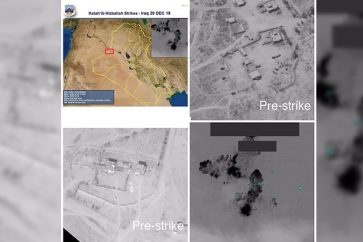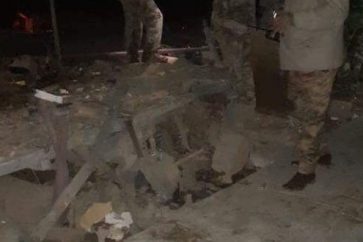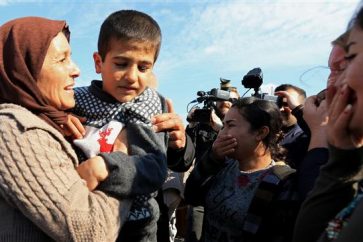Residents of Mosul said the so-called ‘Islamic State of Iraq and the Levant’ (ISIL) was using civilians as human shields as Iraqi and Popular Mobilization forces captured outlying villages in their advance on the terrorists’ stronghold, Reuters news agency reported.
The ISIL leader was reported to be among thousands of hardline militants still in the city, suggesting the group would go to great lengths to repel the national military campaign.
With attacking forces still between 20 and 50 km (12-30 miles) away, residents reached by telephone said more than 100 families had started moving from southern and eastern suburbs most exposed to the offensive to more central parts of the city.
ISIL militants were preventing people fleeing Mosul, they said, and one said they directed some towards buildings they had recently used themselves.
“It’s quite clear Daesh (ISIL) has started to use civilians as human shields by allowing families to stay in buildings likely to be targeted by air strikes,” said Abu Mahir, who lives near the city’s university.
Like other residents contacted in the city, he refused to give his full name, but Abdul Rahman Waggaa, a member of the exiled Provincial Council of Nineveh of which Mosul is the capital.
In Washington, Pentagon spokesman Captain Jeff Davis told reporters that it was known that civilians were being used as human shields.
“This has been going on for several weeks where we’ve seen civilians being forcibly detained and their movements being prevented where they can’t get out of Mosul. They are being held there against their will,” he told reporters.
Davis described the operation to retake Mosul as “an ugly fight”, adding: “But I will tell you we’ve seen very good progress. It’s day one, don’t get your hopes up, it’s going to be a while.”
Around 1.5 million people still live in Mosul and the International Organization for Migration said ISIL may use tens of thousands of residents as human shields to hold onto their last city stronghold in Iraq.
The IOM said there was a likelihood of chemical attacks by the terrorists, who had used such weapons previously against Iraqi Kurdish forces.
Source: Reuters




